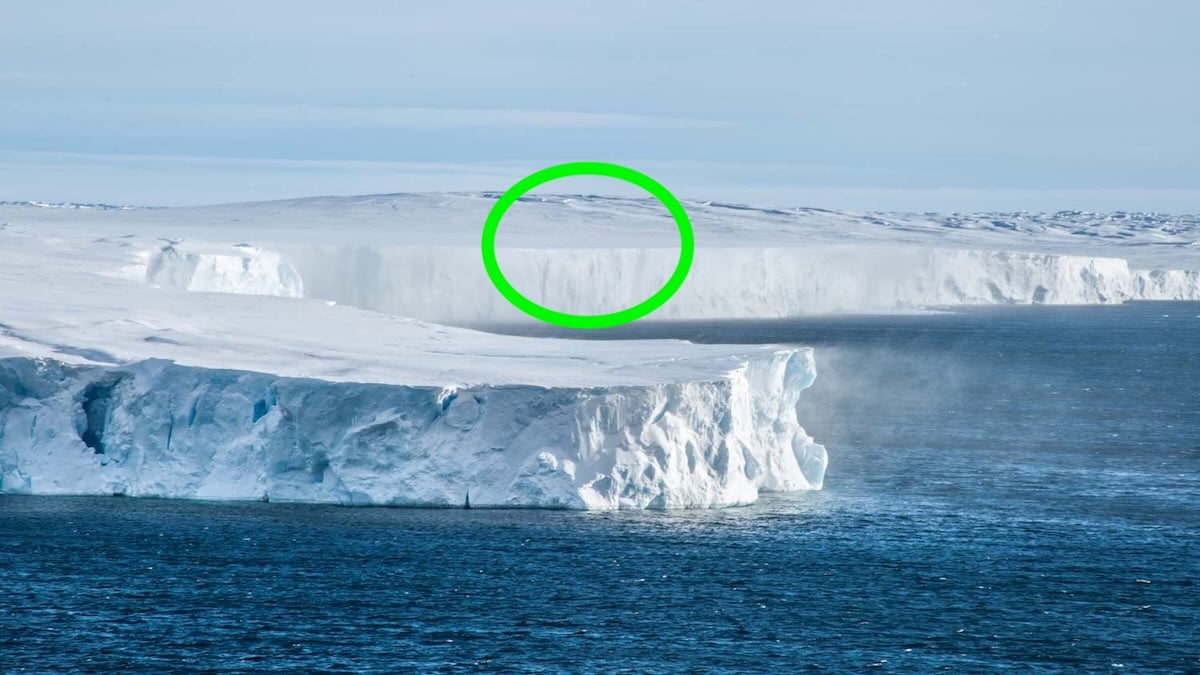When people hear “global warming,” they often picture melting glaciers and shrinking polar ice. That’s mostly true — but scientists recently observed something surprising: Antarctica’s ice sheet actually gained mass between 2021 and 2023. Does this mean climate change is reversing? Not at all. Instead, it’s a temporary anomaly, not a long-term trend. Let’s break down what’s happening and why it matters.
What the Satellites Revealed
Researchers from Shanghai’s Tongji University analyzed over 20 years of satellite data from NASA’s GRACE and GRACE Follow-On missions. These satellites track changes in Earth’s gravity field, which shifts as ice sheets gain or lose mass.
From 2002 to 2020, Antarctica steadily lost ice at an accelerating pace — about 81 billion tons per year in the early 2000s, increasing to 157 billion tons annually by the 2010s.
Then, something unusual happened. Between 2021 and 2023, the continent’s ice sheet gained an average of 119 billion tons per year. Some eastern Antarctic glaciers that had been shrinking quickly actually reversed course and grew.
Why the Ice Grew
The main culprit behind this short-term gain? Heavy snowfall.
Warmer air holds more moisture. That means as the atmosphere heats up, extreme weather events like intense snowstorms can dump massive amounts of snow onto Antarctica. When that snow compacts into ice, it temporarily increases the continent’s ice mass.
But scientists stress that this doesn’t mean Antarctica is cooling. In fact, the majority of Earth’s ice is still melting, as glaciers flow into warmer oceans faster than snowfall can replace them.
As Dr. Tom Slater from the University of Northumbria explained: “The recent gain was only enough to offset some of the long-term losses. The overall trend is still one of decline.”
Why Monitoring Antarctica Is Crucial
Antarctica holds about 90% of the planet’s freshwater. If all of it melted, global sea levels would rise by nearly 200 feet (60 meters). That won’t happen overnight, but even small changes have big consequences.
Recent years have shown troubling signs: in 2023, Antarctic sea ice hit a record low. Combined with rising ocean temperatures, this points to continued instability — not safety.
No Contradiction to Global Warming
It might seem confusing that ice can grow in a warming world. But short-term weather anomalies don’t cancel out long-term climate trends. Climate systems are complex: while one area may gain ice due to snow, the overall planet is still heating up.
Think of it like a person with a fever who happens to feel a bit cooler after drinking water. The fever is still there — it hasn’t gone away.
What This Means for the Future
-
Short-term: Expect fluctuations — years where Antarctica gains ice due to snow, and years where losses accelerate.
-
Long-term: The overall trend is still net loss of ice, which fuels sea level rise and reshapes coastlines worldwide.
-
Takeaway: The 2021–2023 ice growth is a pause, not a reversal. Global warming continues, and Antarctica’s fate remains one of the biggest climate challenges we face.
